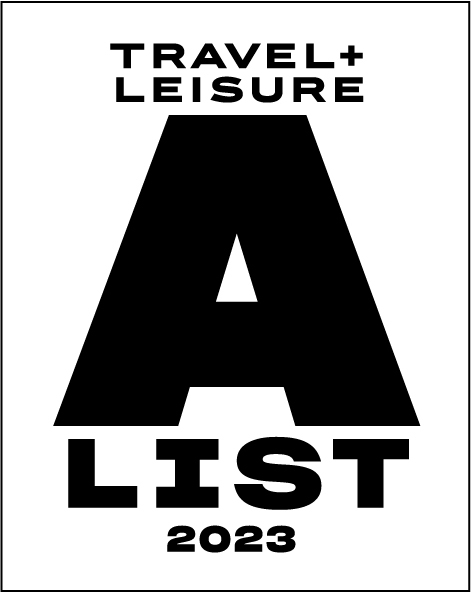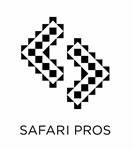Before you go to Madagascar
BRIEF HISTORY
Described as Noah's Ark adrift in the Indian Ocean, separated from the African mainland some 120 million years ago, Madagascar is the fourth largest island in the World (587,041sq km). Only Greenland, New Guinea and Borneo are larger. A central chain of high mountains, the Hauts Plateaux, occupies more than half of the main island and is responsible for the marked differences - ethnically, climatically and scenically - between the east and west coasts.
The narrow strip of lowlands on the east coast, settled from the 6th century by Polynesian seafarers, is largely covered by dense rainforests, whereas the broader west coast landscape, once covered by dry deciduous forests, is now mostly savannah. The east coast receives the monsoon and, on both coasts, the climate is wetter towards the north. The southern tip of the island is semi-desert, with great forests of cactus-like plants.
The capital, Antananarivo, is high up in the Hauts Plateaux (1,310m) near the island's center. Madagascar has an afro-Asian influence not only in its culture but also with respect to its flora and fauna. Its unique flora and fauna is quite different to that of the African continent; 70% of the lemurs in world occur here; a thousand species of distinct orchids grow here and over 3000 species of butterflies (97% of which are endemic) are found here. There are only 256 species of bird but 105 of these are endemic (found nowhere else) with a further 25 endemic to the islands of Madagascar, Reunion and the Comores.
BASIC FACTS
Full Name:Republic of Madagascar
Capital: Antananarivo
Independence: June 26, 1960
Time: GMT 3 hours
Population: 19,500,000 (estimated)
Currency: Ariary
President: President Andry Rajoelina, (MAR 2009)
Language: The official languages are Malagasy (which is related to Indonesian) and French. Local dialects are also spoken. English is spoken in the tourism sector.


